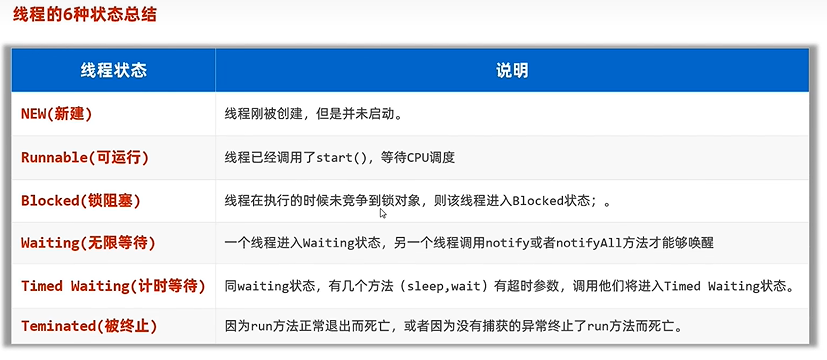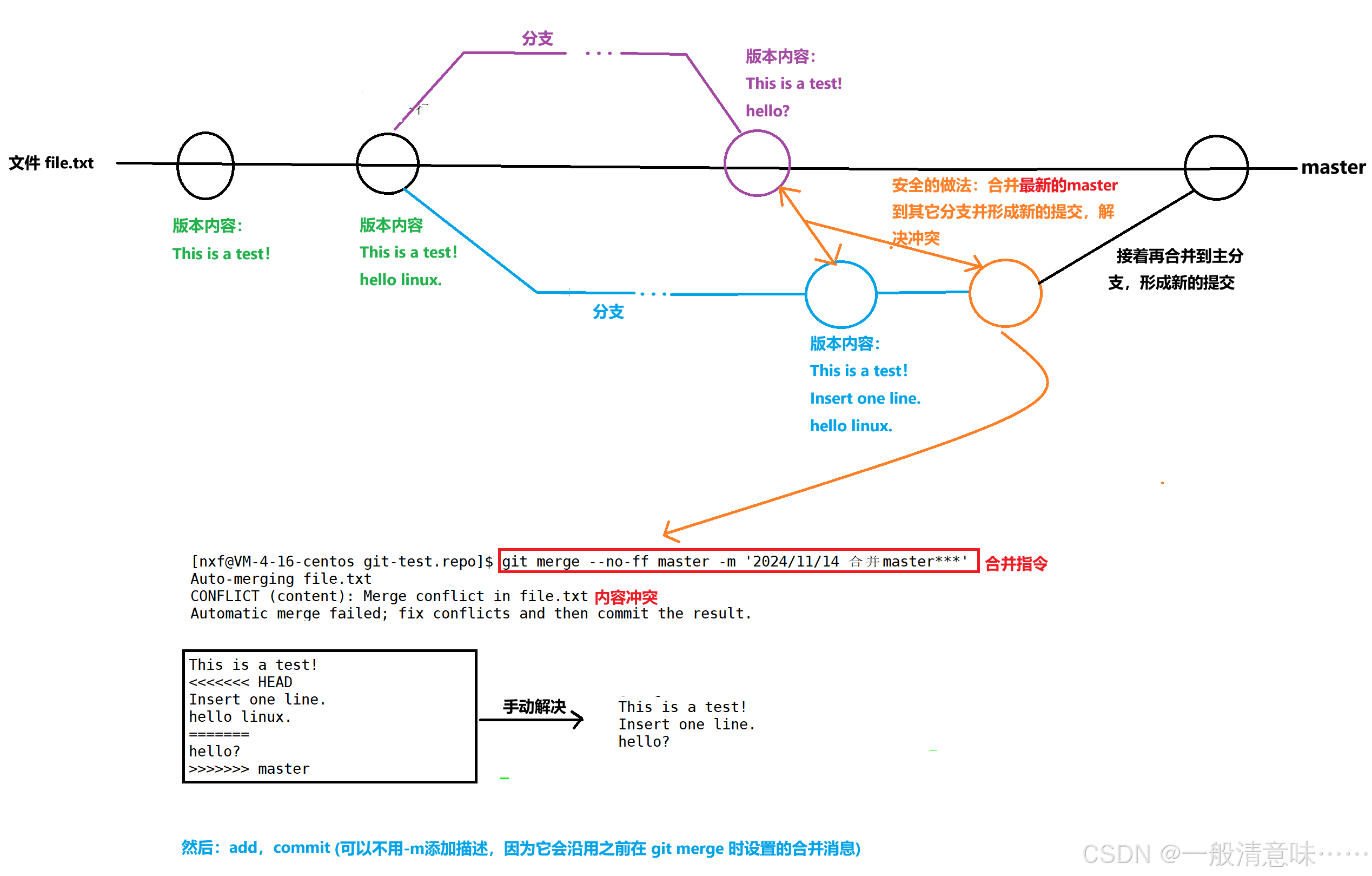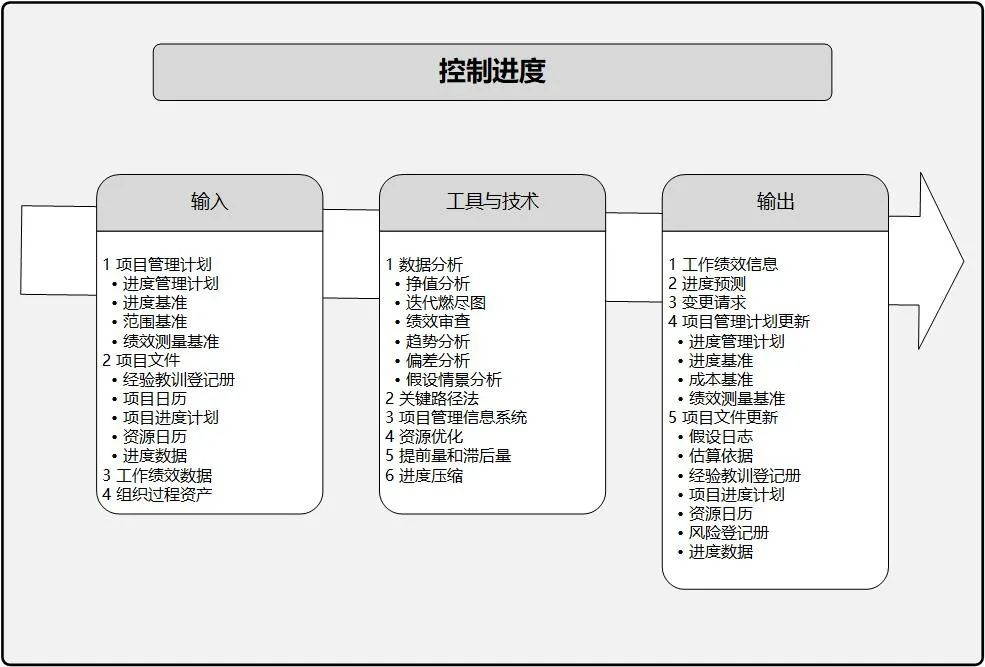C++ 原型模式(Prototype Pattern)
1. 解决的问题
原型模式(Prototype Pattern)是一种创建型设计模式,用于解决对象创建的问题,特别是在需要创建多个相似对象时,避免使用重复的构造代码。原型模式通过复制已有对象(原型)来创建新对象,而不是通过实例化一个类来创建。
2. 适用场景
- 当系统需要创建多个相似对象,并且这些对象之间的差异只是部分属性值不同。
- 当对象的创建过程比较复杂,并且通过复制现有对象可以简化创建过程。
- 当需要避免使用子类的创建方式来生成对象时。
3. 模式的参与者角色
- Prototype(抽象原型):声明一个克隆自身的接口。
- ConcretePrototype(具体原型):实现克隆自身的操作。
- Client(客户端):使用原型对象来克隆新的对象。
4. 示例代码
假设我们正在开发一个复杂的角色扮演游戏(RPG),游戏中有各种不同的角色,这些角色可以是玩家角色(Player)或敌人角色(Enemy)。每个角色都有不同的属性和能力,例如生命值、攻击力、防御力等。为了简化角色的创建过程,我们可以使用原型设计模式来复制现有的角色,并根据需要进行微调。
角色类图
+----------------+
| Prototype |
|----------------|
| + clone() |
| + print() |
+----------------+^|
+----------------+
| Player |
|----------------|
| + clone() |
| + print() |
+----------------+^|
+----------------+
| Enemy |
|----------------|
| + clone() |
| + print() |
+----------------+
代码
#include <iostream>
#include <string>
#include <memory>
#include <vector>// Prototype 接口
class Prototype {
public:virtual ~Prototype() {}virtual std::unique_ptr<Prototype> clone() const = 0;virtual void print() const = 0;virtual void setHealth(int health) = 0;virtual void setAttack(int attack) = 0;virtual void setDefense(int defense) = 0;
};// BaseCharacter 抽象类
class BaseCharacter : public Prototype {
public:BaseCharacter(std::string name, int health, int attack, int defense): name_(name), health_(health), attack_(attack), defense_(defense) {}void setHealth(int health) override { health_ = health; }void setAttack(int attack) override { attack_ = attack; }void setDefense(int defense) override { defense_ = defense; }void print() const override {std::cout << "Name: " << name_ << ", Health: " << health_<< ", Attack: " << attack_ << ", Defense: " << defense_ << std::endl;}protected:std::string name_;int health_;int attack_;int defense_;
};// Player 具体原型
class Player : public BaseCharacter {
public:Player(std::string name, int health, int attack, int defense): BaseCharacter(name, health, attack, defense) {}std::unique_ptr<Prototype> clone() const override {return std::make_unique<Player>(*this);}
};// Enemy 具体原型
class Enemy : public BaseCharacter {
public:Enemy(std::string name, int health, int attack, int defense): BaseCharacter(name, health, attack, defense) {}std::unique_ptr<Prototype> clone() const override {return std::make_unique<Enemy>(*this);}
};// 客户端代码
int main() {// 创建原型对象auto playerPrototype = std::make_unique<Player>("Hero", 100, 20, 15);auto enemyPrototype = std::make_unique<Enemy>("Goblin", 50, 10, 5);// 创建角色列表std::vector<std::unique_ptr<Prototype>> characters;// 克隆玩家角色auto player1 = playerPrototype->clone();player1->setHealth(80); // 微调生命值characters.push_back(std::move(player1));auto player2 = playerPrototype->clone();player2->setHealth(90); // 微调生命值player2->setAttack(25); // 微调攻击力characters.push_back(std::move(player2));// 克隆敌人角色auto enemy1 = enemyPrototype->clone();characters.push_back(std::move(enemy1));auto enemy2 = enemyPrototype->clone();enemy2->setHealth(60); // 微调生命值enemy2->setAttack(15); // 微调攻击力characters.push_back(std::move(enemy2));// 打印所有角色信息for (const auto& character : characters) {character->print();}return 0;
}
代码说明
- Prototype 接口定义了克隆和打印方法,以及设置角色属性的方法。
- BaseCharacter 是一个抽象类,实现了
Prototype接口的通用部分,包括角色属性的设置和打印方法。 - Player 和 Enemy 是具体原型类,继承自
BaseCharacter,并实现了clone方法。 - Client 在
main函数中创建了原型对象,并通过克隆这些原型对象来创建新的角色。客户端可以根据需要微调角色的属性。
总结
通过原型设计模式,我们可以轻松地复制现有角色,避免了重复的构造代码,并且可以根据需要对克隆的角色进行微调。这种模式在复杂的游戏场景中非常有用,特别是在需要创建多个相似角色时。
原型模式与 C++ 拷贝构造函数的相似性与不同点
相似性
-
对象复制:
- 原型模式:原型模式的核心思想是通过复制已有对象来创建新对象。
- 拷贝构造函数:拷贝构造函数用于从已有对象创建一个新对象。
-
避免重复构造:
- 原型模式:避免了重复的构造代码,通过复制已有对象来创建新对象。
- 拷贝构造函数:避免了重复的构造代码,通过复制已有对象来创建新对象。
-
对象状态的复用:
- 原型模式:可以复用已有对象的状态来创建新对象。
- 拷贝构造函数:可以复用已有对象的状态来创建新对象。
不同点
-
设计模式 vs. 语言特性:
- 原型模式:是一种设计模式,属于面向对象编程的设计原则之一。
- 拷贝构造函数:是 C++ 语言的一个特性,用于实现对象的复制。
-
接口定义:
- 原型模式:通常定义一个
clone()方法,用于克隆对象。 - 拷贝构造函数:是类的构造函数,定义为
ClassName(const ClassName& other),用于从已有对象创建新对象。
- 原型模式:通常定义一个
-
实现方式:
- 原型模式:可以由程序员显式实现
clone()方法,并在方法内部调用拷贝构造函数或赋值操作符。 - 拷贝构造函数:由编译器自动生成或由程序员显式实现。
- 原型模式:可以由程序员显式实现
-
灵活性:
- 原型模式:提供了更灵活的对象复制机制,可以在运行时选择不同的原型进行复制。
- 拷贝构造函数:是类的固有特性,无法在运行时选择不同的构造方式。
-
使用场景:
- 原型模式:适用于需要创建多个相似对象,并且这些对象之间的差异只是部分属性值不同。
- 拷贝构造函数:适用于任何需要从已有对象创建新对象的场景。
示例代码
#include <iostream>
#include <string>
#include <memory>// 使用原型模式的类
class Prototype {
public:virtual ~Prototype() {}virtual std::unique_ptr<Prototype> clone() const = 0;virtual void print() const = 0;
};class ConcretePrototype : public Prototype {
public:ConcretePrototype(std::string name) : name_(name) {}std::unique_ptr<Prototype> clone() const override {return std::make_unique<ConcretePrototype>(*this);}void print() const override {std::cout << "ConcretePrototype: " << name_ << std::endl;}private:std::string name_;
};// 使用拷贝构造函数的类
class CopyConstructorExample {
public:CopyConstructorExample(std::string name) : name_(name) {}CopyConstructorExample(const CopyConstructorExample& other) : name_(other.name_) {std::cout << "Copy Constructor Called" << std::endl;}void print() const {std::cout << "CopyConstructorExample: " << name_ << std::endl;}private:std::string name_;
};int main() {// 原型模式示例auto prototype1 = std::make_unique<ConcretePrototype>("Prototype1");auto clone1 = prototype1->clone();clone1->print();// 拷贝构造函数示例CopyConstructorExample example1("Example1");CopyConstructorExample example2 = example1;example2.print();return 0;
}
总结
- 相似性:原型模式和拷贝构造函数都用于对象的复制,避免了重复的构造代码。
- 不同点:原型模式是一种设计模式,通过
clone()方法实现对象复制;拷贝构造函数是 C++ 语言特性,通过ClassName(const ClassName& other)实现对象复制。原型模式提供了更灵活的对象复制机制。







![[C++] 智能指针](https://img-blog.csdnimg.cn/img_convert/6c2b4c45dbcd6e4d1ad06912c8697a3a.png)



![获取当前程序运行时的栈大小[C语言]](https://i-blog.csdnimg.cn/direct/f76d009976de4e209ae2067715e4aa68.png)







